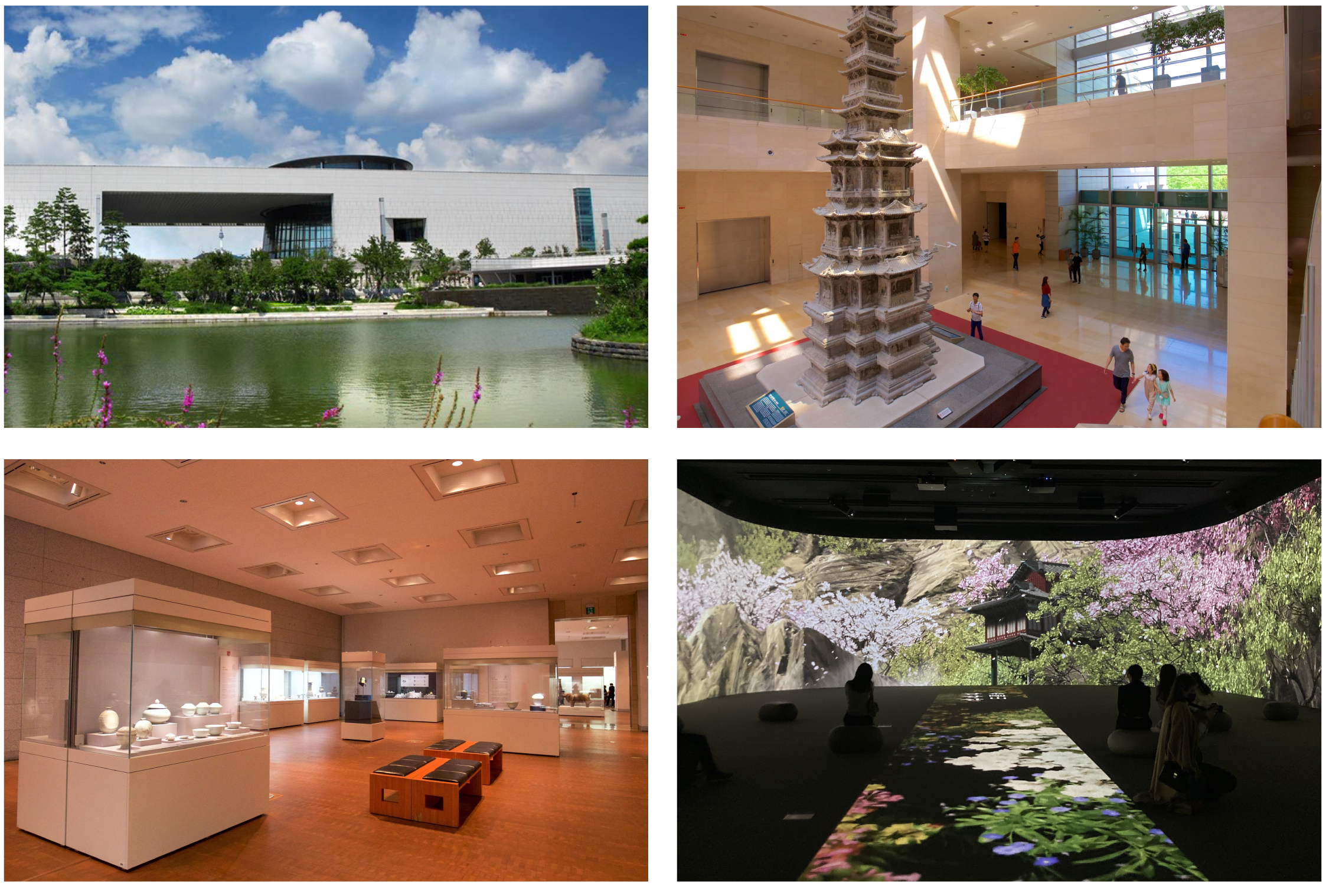■ Demilitarized Zone (DMZ)
The Demilitarized Zone (DMZ) is a strip of land established at the time of the armistice agreement that ended the Korean War. It was created to prevent military conflict between South and North Korea by prohibiting the deployment of troops 2km on either side of the armistice line. The DMZ is of critical importance because any military contact between the two sides could quickly escalate into a major conflict. For this reason, civilian access to the area is prohibited, and the DMZ is continuously monitored by neutral nations to ensure that it remains unarmed and well-maintained. Due to this restricted access, the DMZ has experienced minimal environmental pollution or destruction since its establishment in 1953. The area is home to various first-class fish, as well as numerous endangered animals and plants. Therefore, even if peaceful unification is achieved, many advocate for the preservation of the DMZ without development.

Schedule for Paju DMZ Peace Tour
| Classification | Time | Remarks |
|---|---|---|
| Departure at the SOFITEL HOTEL LOBBY (1F) | 07:30 | |
| Arrival at Imjingak Pavilion Tourist Information Center |
9:00 | Ticketing |
| Arrival at the southern end of Unification Bridge | ~10:30 | Identification |
| The 3rd Tunnel Tour | 10:40~11:40 | |
| Dora Observatory Tour | 11:50~12:30 | |
| Arrival at Unification Village Direct Sales Office | ~12:50 | |
| Lunch | 13:00~14:00 | |
| Return to SOFITEL | 17:00 |
■ National Museum of Korea
Visitors can fully enjoy its six galleries in the Permanent Exhibition Hall arranged by period and theme, special exhibition galleries that feature various contents, diverse guided-tour programs to deepen one’s understanding, the Children's Museum where kids are able to enjoy and experiment with the five senses, a variety of educational programs, and immersible AR and VR contents using advanced IT technology.

IMPORTANT DATES
Notification of Abstract's Acceptance : ~4.10
Early Registration : ~5.31
Full Paper Submission : ~5.31
Registration Deadline : 6.16
ISDH 2023 : 6.26 ~ 7.1